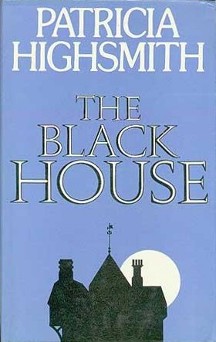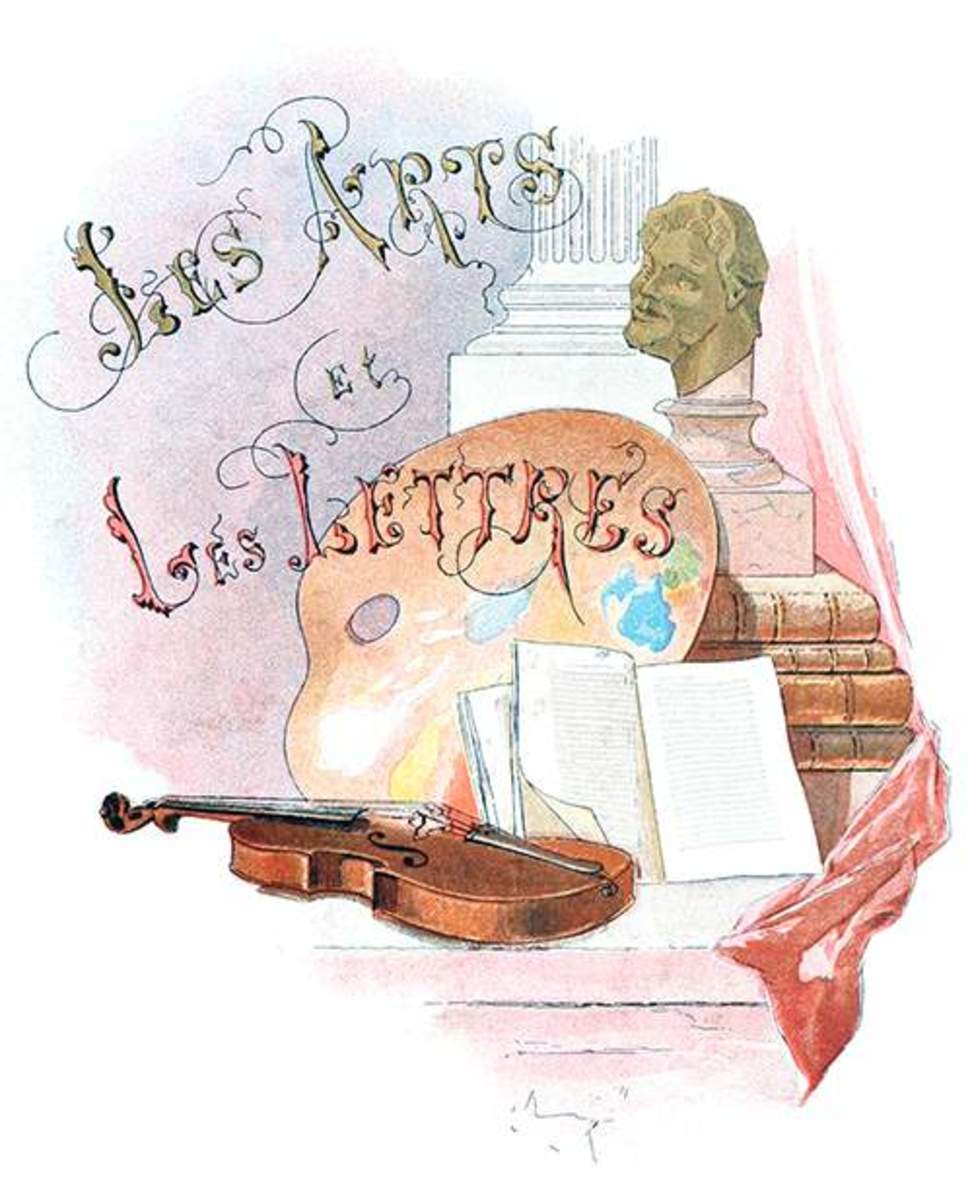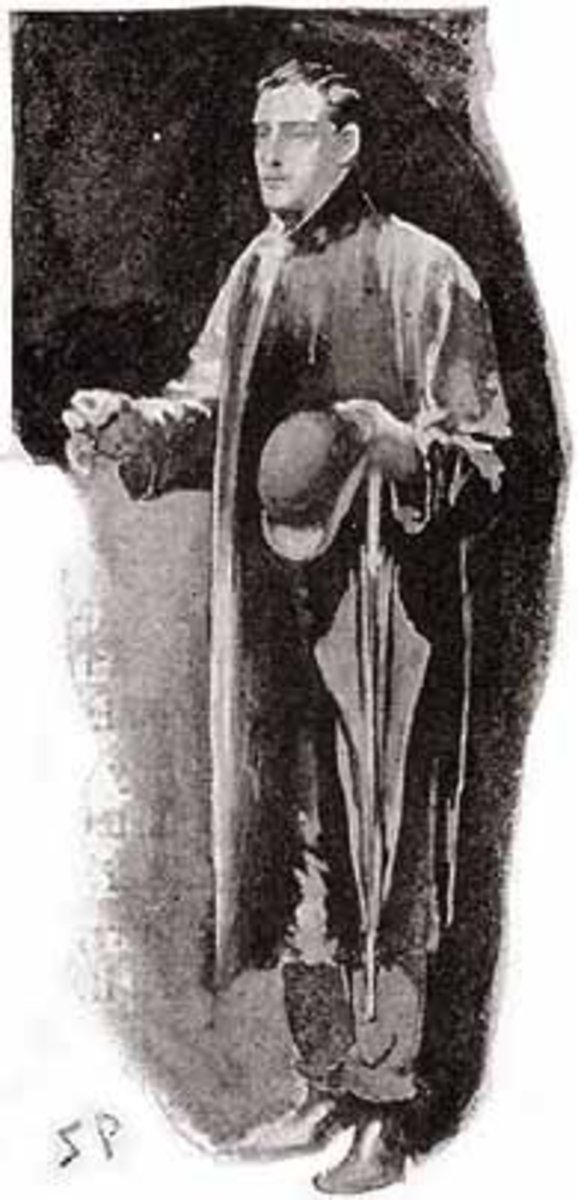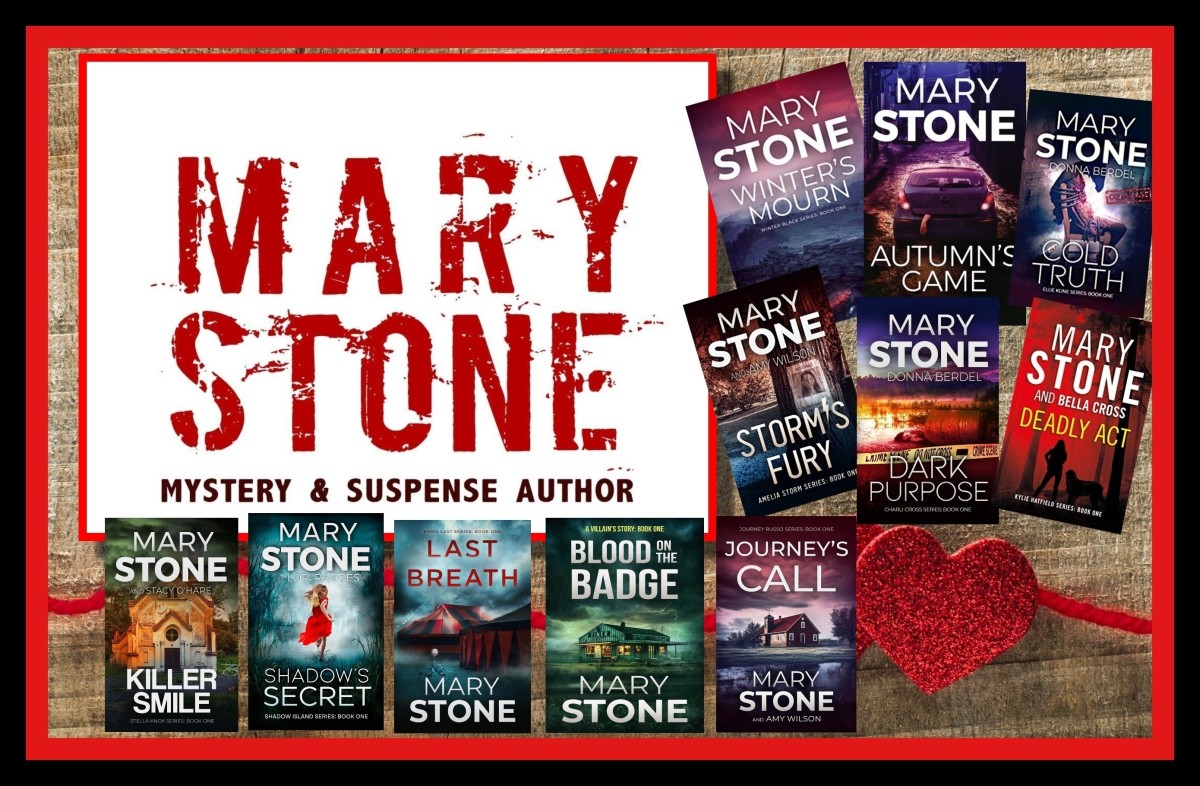Patricia Highsmith's The Black House (stories): A Review

Patricia Highsmith (1921-1995) is an author whose work has intrigued me for some time now. First, let me say this: I once heard the following attributed to the late, great film critic Roger Ebert, which goes something like this: One should evaluate a film based on how well it accomplished what it set out to accomplish, judging it on its own terms, which, therefore, should be clear to see.
Highsmith was what I call a near-literary crime fiction novelist and short story writer. Let's go ahead and define some terms:
1) Crime Fiction: This is different from 'mystery.' Mystery fiction are whodunnits. In crime fiction, strictly speaking, there is no question about who the killer is (the major crime is usually murder, but not always). The issue is why he committed the crime. This is examined as we gradually learn whether or not he's going to get away with it; and how he does this or how he gets tripped up and sent to the gallows.
2)'Literary' Crime Fiction: As you know, 'literary' fiction is said to transcend mere 'genre' writing. Its about "real life," and all that good stuff. Anyhow, what I mean, therefore, by 'literary' crime fiction is this: Any novel or story, such that one could remove the major crime (usually murder) and be left with something that is still a sustainable and interesting story. In other words, one could de-genre it, if you will, and be left with something that is 'literary.' In my opinion, a novel by Ian Pears called The Portrait, fits the bill. The book ends in murder, but even if it didn't, the story has enough steam to carry the reader along, holding his fascination.
3) Near-Literary Crime Fiction: As I see it, this category almost meets the standard of the second in this list. One could almost remove the major crime (again, usually murder) and be left with something interesting as nearly de-genre-ized, to read. However, "at the end of the day," the tale is dependent upon the existence of the major crime, but not nearly as much so as what we might call a "blatantly" or unreservedly genre work. To my way of thinking, Mario Puzo's The Godfather is quite representative of this dynamic, one which causes critics to call books like The Godfather, "genre-bending," a mix between high literature and "low-brow" culture, and so forth. The novel is the story of the Corleone family, both as a biological unity and as a criminal organization. We are never marinated in the specifics of crime; indeed, criminal activity is referenced obliquely. Moreover, it is Don Vito Corleone's refusal to allow his family to engage in a specific crime (narcotics trafficking) that motors the plot along. Because of this we can sympathize with the Corleones as "bad guys" to be sure, but, somehow, as "our bad guys"; and we can, therefore, process all that they do against their Mob enemies---gruesome as these acts may be---as self-defense.
You could almost remove the element of crime from The Godfather and be left with a sustainable and interesting de-genre-ized story. Almost. You could almost rewrite the story of the Corleones as the story of, say, a family of police officers. But the word is almost, because at the end of the day, the dynamic does ultimately depend on the fact that the Corleones are a shadowy criminal organization, whose leader, Don Vito Corleone draws the line at a particular crime.
Okay, so that is the kind of writer Patricia Highsmith was: a near-literary crime writer. She is the author whose work formed the basis of the famous movies, Strangers on a Train and The Talented Mr. Ripley.
So then, as I indicated at the very beginning of this essay, I am going to proceed with the understanding that the fairest way to evaluate something creative, in this case, the fiction of Patricia Highsmith, is to evaluate how well the work meets the standard it sets for itself.
Before we begin, let me offer one other pearl of wisdom: this one attributed the crime fiction author, Elmore Leonard (his work was the basis of films like Get Shorty, Be Cool, Jackie Brown, Out of Sight, and others). I once read that he had given an interview, in which he was asked about the "secret of [his] success." What was the secret of the success of his fast-paced, hugely entertaining, and cinema-ready crime fiction?
In other words: What makes Leonard's crime fiction so fast-paced, hugely entertaining, and cinema-ready? The answer he is said to have given, as at least one crucial dimension of his success, is that he simply does not write anything that readers tend to skip anyway.
It is that sentiment, I believe, which is absolutely crucial to any reasonable critique of Patricia Highsmith's work. What I'm saying is that her writing is: intellectual not emotional; psychological (in the clinical sense) not sentimental. Love is assumed not put on display; and hate makes it appearance abruptly. Now what does all that gobbledy gook mean?
What I mean is that Highsmith presents you with a skeleton and allows you, the reader, to supply, from your own imagination, the blood, muscle fibers, nerve-endings, and skin.
Well, what does that mean?
Here's what I mean. Having acquired some familiarity with Highsmith's work, I have concluded that as an author, she proceeded in such a way that is relatable to the secret of success that is attributed to Elmore Leonard. I believe that what she said, in effect, was something like this: I, as an author, know that there are things--- story-telling devices, narrative tricks, forms of emotive manipulation, plot contivances, and the like---that you, the general reading public and especially those of you who read crime fiction, have seen many, many times before, perhaps far too often before. Therefore, I shall not bore you with their repitition, especially where I find that I can add nothing to those motifs, or cannot even do them well. When I absolutely cannot avoid them, I shall allude to them or skip lightly through, so that I can quickly take you to that---whatever it is--- that I do well, and show you something original, something that is me.
Patricia Highsmith is like the quarterback who almost never "turns over the ball," by making "bad decisions" or taking unwarranted, foolish risks in search of "big play" dynamism. But I do not mean to say that her writing is not dynamic, because it is--dynamic.
What on Earth is he going on about?
Perhaps we can best answer that question with reference to one of Patricia Highsmith's stories from The Black House.
The Terrors of Basket-Weaving
This story feels like the most experimental out the eleven in this collection. To me, it feels like Highsmith didn't quite know how to handle it, and at the end of the day, therefore, she decided to "kill it," or abruptly end it rather than run the risk of the story turning into something repugnant to her: namely, bad science fiction.
The story actually threatens to break into the realm of science fiction, but is ultimately restrained to the domain of neurosis.
There you go again, man!
The Terrors of Basket-Weaving is about a woman who repaired one of those wicker baskets you use to carry fruit or flowers. She did so with an ease that she finds unnerving; and it is this disturbance that consumes her for the length of the plot. She worried that she had unconsciously called upon the knowledge of the Stone Age ancestors of humankind, and so forth. She was worried that she was, perhaps, devolving, slide backwards along the evolutionary continuum.
So, the young woman is terrified at unbecoming, if you will; and we are given to understand this caused a growing sense, within her, of alienation from her husband, their friends and family, and even the rest of humanity. The story does not decide whether or not this is a real thing or merely her delusion. We, the readers, are therefore stuck with the feeling that the woman's concerns are most probably her neurotic delusion. Most probably---which gives us the 'wiggle room.'
Something the Cat Dragged In and Not One of Us
You know, friends, it is often helpful to look at the endorsing blurbs inside the jacket covers or on the backs of books, to give us some idea of the standard a particular book sets for itself. These blurbs, therefore, serve as very useful critiquing aids.
On the back of the books, the concerned party wants us to know that: "The Black House is a chilling reminder of our own frailty and the cathartic powers of guilt..." It would also appear that: "Horrific tragedy becomes disturbingly ordinary in The Black House, a masterful collection of short stories, written during a particularly dark time in Patricia Highsmith's life. As readers will discover, the work eerily evokes the warm familiarities of suburban life: the manicured lawns, the white picket fences, and the local pubs, each providing the backbone for her chilling portraits."
The blurb ends with: "This enthralling collection of eleven stories presents Highsmith at her finest: melancholy, suspenseful, and sizzling with a powerful awareness of human emotion."
Well, well, well, that is quite a high bar the book sets for itself! Friends, I am happy to report that Highsmith hit that marker without breaking a sweat. But I must warn you that her work is not going to be to everyone's taste.
The part about the "horrific tragedy becom[ing] disturbingly ordinary" is especially poignant the story of The Kite. Horrific tragedy, indeed, becomes ordinari-anized (I just invented the word 'ordinarianized'). In The Kite, we are shown a young boy who pursues his hobby of kite-flying; in part, it serves as a tribute to his young sister, Elsie, who, at around the same age, died way too young. Remember that movie called 'Up,' with Ed Asner as the voice of the old man, the widower? And remember all of those balloons that hoisted his whole house up, up, and away? Remember that?
Well, imagine that scenario, except that main character is a young boy not an old man. And instead of ending with the old man and the boy scout who had come along with him for the ride, companionably sitting on the curb eating ice cream cones---the story ends for our protagonist in The Kite getting his skull fractured, which presumably kills him.
You see, on one level, the story "shouldn't have" ended that way, but became dreadfully inevitable, you might say. What I'm saying is that in that story, The Kite, beautiful fantasy is set right alongside actual horror, the horror of a small boy dying suddenly and violently.
The "warm familiarities of suburban life" are certainly "eerily evoke[d]" in Something the Cat Dragged In and Not One of Us, "providing the backbone for her chilling portraits" of: a group of upper-middle class friends in New York, otherwise "normal" and "decent" sorts, who, nevertheless deliberately drive an associate of theirs to suicide, quite literally, and almost for the fun of it, apparently motivated by what Edgar Allen Poe called, in one of his stories, The Imp of the Perverse in the Highsmith story Not One of Us; and the incidental, casual revelation of murder-most-foul which is initially signaled by forensic evidence that is, quite literally, the result of Something the Cat Dragged In.
I referred to Highsmith's intellectual, non-sentimental, "skeletal" style of writing, in which love is assumed and hate appears suddenly. We certainly get this in I Despise Your Life. When I read the title, the first time, I thought we had an old-fashioned murder-revenge tale on our hands. No, not at all. It is a sad story about a father and son, who grow apart--farther and farther--until the dad, apparently having his breaking point of frustration with the way his son lives, gives him some money to deal with some emergency, and then, actually says to him (the son), "I despise your life." The father tells his son not to come back, if he can help it. This guy is certainly not like the patriarch in the Biblical story of The Prodigal Son.
My review is finished.
The End.





